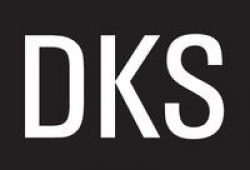 Adrian Pearmine
Adrian Pearmine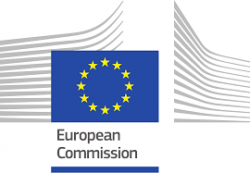 Richard Ferrer
Richard Ferrer David Pistoni
David Pistoni Nora Szabo
Nora Szabo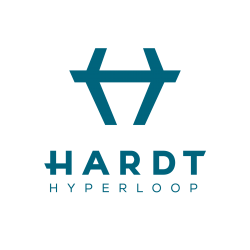 Tim Houter
Tim Houter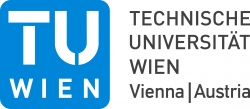 Prof Hermann Knoflacher
Prof Hermann Knoflacher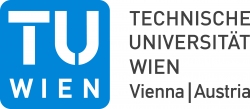 Dr Harald Frey
Dr Harald Frey Marissa Burkett
Marissa Burkett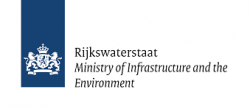 Louis Hendriks
Louis Hendriks Mickael Tauvel
Mickael Tauvel Tristan Vandeputte
Tristan Vandeputte Tamy Ribeiro
Tamy Ribeiro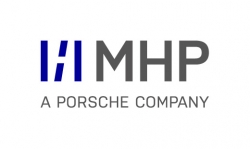 Marcus Willand
Marcus Willand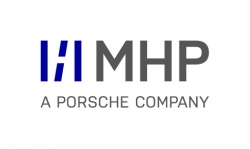 Lukas Wrede
Lukas Wrede Marissa Burkett
Marissa Burkett Marcus Willand
Marcus Willand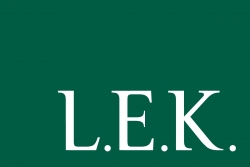 Becrom Basu
Becrom Basu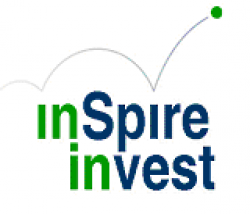 Dr Jan-Olaf Willums
Dr Jan-Olaf Willums Silvia Bernkopf
Silvia Bernkopf Lars Hesselgren
Lars Hesselgren Dr Mark Friesen
Dr Mark Friesen Laila Hareb
Laila Hareb Thomas Epp
Thomas Epp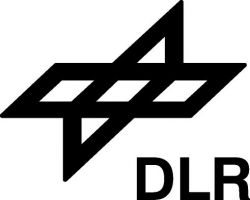 Prof Tjark Siefkes
Prof Tjark Siefkes Becrom Basu
Becrom Basu Dr Polyvios Polyviou
Dr Polyvios Polyviou Nixon Xavier
Nixon Xavier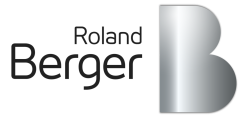 Alexander Dyskin
Alexander Dyskin Dr Jan-Olaf Willums
Dr Jan-Olaf Willums Nils Jakubowski
Nils Jakubowski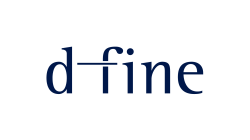 Oliver Wohak
Oliver Wohak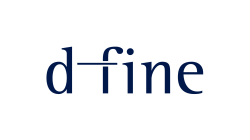 Dr Thorsten Sickenberger
Dr Thorsten Sickenberger